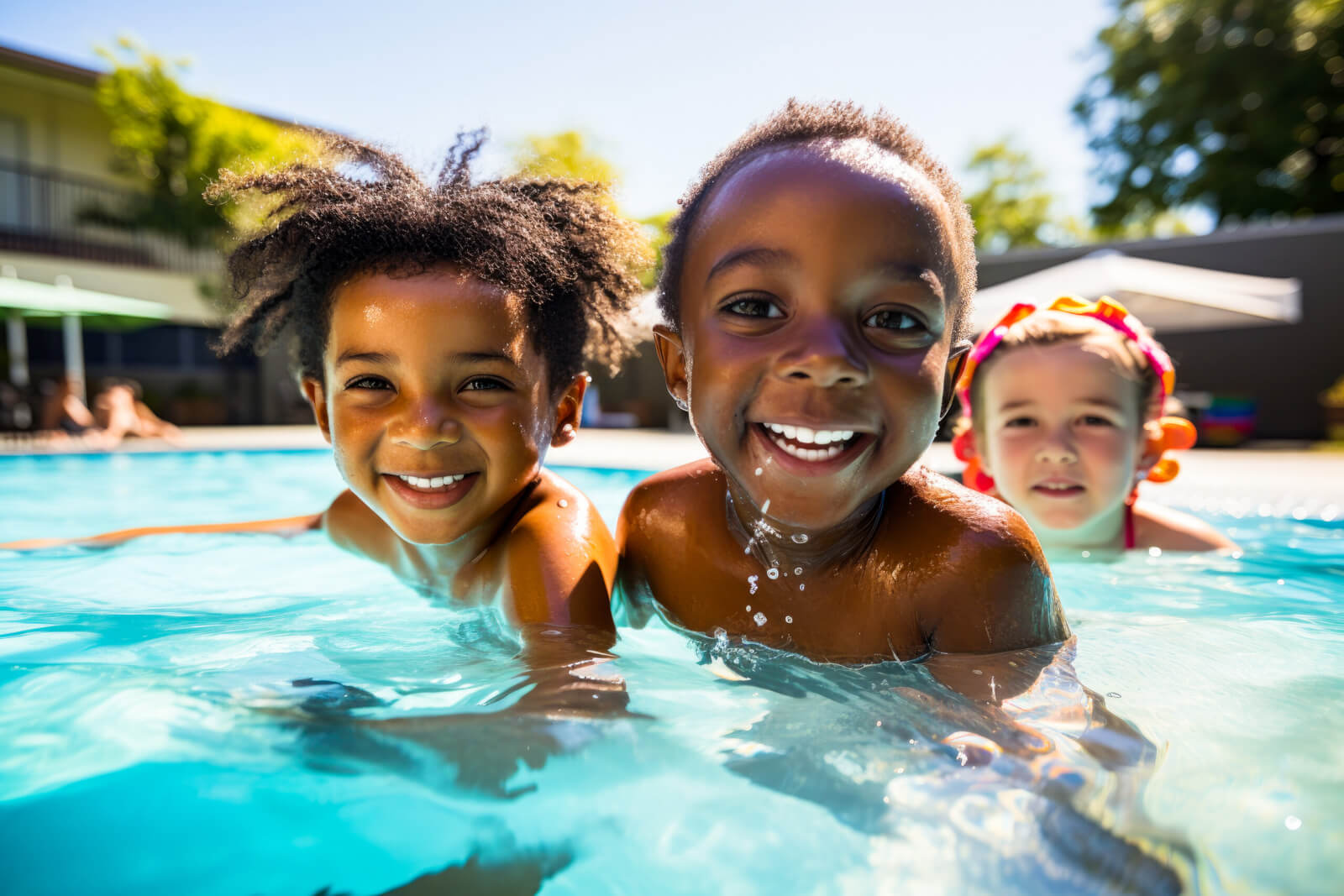Drowning is the leading cause of death among children ages 1 to 4, according to the U.S. Centers for Disease Control and Prevention (CDC). Dr. Tory Twito, a Coast Guard spouse and pediatrician with Palm Beach Pediatrics in Boynton Beach, Florida, said there are several tips parents should use to ensure safety this summer.
Most parents likely feel more secure when lifeguards are on-duty while their kids are in the pool or at the beach. Twito emphasized that parents should confirm – not assume – that lifeguards are present where their kids are swimming. If possible, children should also be trained by a certified swim instructor.
The National Drowning Prevention Alliance (NDPA) named “water competency” as one of five layers of protection that reduce drownings in children by up to 88%. The organization recommends babies begin swim lessons as early as 12 months old, in line with American Academy of Pediatrics guidance. Children who cannot swim should wear U.S. Coast Guard-approved personal floatation devices and life jackets.
Supervising kids at all times while they swim is another one of the NDPA’s recommended layers – and Twito’s No. 1 tip.
“We know they’re unpredictable, they’re fast, they’re amazing, so never take your eyes off of any child,” she said.
Other NDPA safety layers include emergency preparedness and the use of barriers and alarms.
Twito also advised that any doors leading to a pool area should be locked and that families should have a non-climbable fence at least 4 feet tall around a pool. Ideally, the fence should include a self-latching mechanism to prevent it from being unintentionally left open. As far as alarms, Twito said underwater motion sensors are the most reliable option for monitoring children and pets.
With 4,000 fatal drownings reported every year — an average of 11 every day — she urged parents to prioritize prevention.
“Some of [the sensors] are really sensitive, but when you have a pool in your backyard and you have kids, nothing can be overly sensitive because you’d rather know too much than too little and have something happen,” she said.
As a provider in an outpatient practice, Twito said she frequently treats children for otitis externa, commonly known as “swimmer’s ear,” an infection of the outer ear canal. Cases of sunburn and dehydration are also conditions children experience while they’re outdoors during summer.
Twito recommends that parents apply broad-spectrum SPF 15 to 30 sunscreen to children over 6 months old at least 15 to 20 minutes before sun exposure, and reapply every 1 1/2 to 2 hours. “There is no research to back up that anything above 30 [SPF] is more effective,” she said.
Babies 6 months and younger should wear UV-protective clothing instead of sunscreen. Children with sensitive skin or dermatitis should use mineral sunscreen, also called physical sunscreen. Parents can conduct a patch test with sunscreen on a child’s foot to test for any skin reactions if they’re unsure. Staying hydrated can be fun by serving plenty of water-based fruit and veggies like watermelon and celery poolside. Also, keep the water and ice pops coming!
Read comments










































